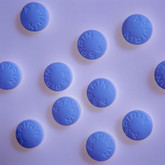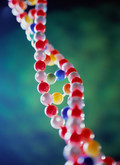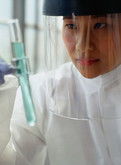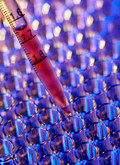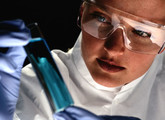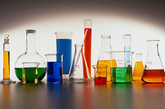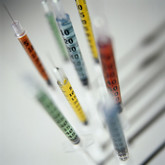Biosimilars/Research
Medicines spending in Brazil
The Brazilian pharmaceutical market is the third largest in the Americas region, behind the US and Canada; it ranks first in the Latin American region. Pharmaceutical demand will continue to rise, fuelled by increasing disposable income. Despite this positive outlook, the trade deficit in Brazil grew from US$700 million at the end of the 1980s to a cumulative US$7.13 billion in 2008. In 2008 alone, Brazil imported US$1.4 billion in vaccines, serum and blood products, while exporting US$37 million in medicinal products with low added value [1].
Biologicals boom
Researchers predict that the present list of top 10 blockbuster drugs will change dramatically by 2014. The predictions are that by 2014 biological drugs will topple the present market leaders Pfizer’s Lipitor (atorvastatin) and Sanofi’s Plavix (clopidogrel), both of which are small molecule chemical entities [1].
Mobilization of stem cells in healthy donors by G-CSF biosimilars shows comparable efficacy and safety to Neupogen
Originator human recombinant granulocyte colony-stimulating factor (G-CSF) filgrastim has been widely used for the mobilization of CD34+ stem cells in healthy donors. However, there is limited experience with the use of biosimilar G-CSF for the mobilization of peripheral blood stem cells (PBSCs), especially in healthy donors. A recent study by Professor Schmitt and co-authors has addressed this issue and found that biosimilar G-CSF showed comparable efficacy and safety with reference G-CSF (Neupogen) when used for the mobilization of CD34+ stem cells, as well as CD3+ T-cells and nucleated cells, in healthy donors [1].
Overview of research on G-CSF biosimilars in 2012
Period: January to August 2012
A life-threatening complication for patients undergoing chemotherapy is febrile neutropenia, involving a loss of neutrophils (white blood cells) and fever [1]. Granulocyte colony-stimulating factors (G-CSFs) are growth factors, which stimulate the bone marrow to produce white blood cells and restore neutrophil production. In oncology and haematology, G-CSF is used with certain cancer patients to accelerate recovery from neutropenia after chemotherapy, allowing higher-intensity treatment regimens.
Positive phase I data for infliximab biosimilar
US-based Epirus Biopharmaceuticals (Epirus) announced on 4 January 2013 that its biosimilar infliximab candidate had ‘achieved bioequivalence’ to Remicade (infliximab) in a single dose comparator trial.
Overview of research on analytical techniques in the manufacturing of biosimilars in 2012
Period: January to August 2012
Biologicals are large, complex and heterogeneous proteins with variable molecular weights, typically ranging from 18,000 to 45,000 Da. The active substance of a biological is a collection of large protein isoforms and not a single molecular entity. This fact makes manufacturing of biosimilars much more of a challenge than when producing traditional small molecule generics. It also makes it highly unlikely that the active substances between two products are identical and makes it extremely difficult to establish biopharmaceutical equivalence using analytical techniques.
Biosimilar monoclonal antibodies on the horizon in Europe
European Medicines Agency's (EMA) Committee for Medicinal Products for Human Use adopted the final guideline on biosimilar monoclonal antibody (mAb) and it came into effect in December 2012. The agency is also currently reviewing two marketing authorization applications (MAAs) for the biosimilar mAb infliximab.
Significance of locally produced biosimilars in Iran
Biopharmaceuticals, drugs produced by live cell culture, have a fast growing market for the treatment of a range of conditions. Despite their clinical importance, however, their cost could impose an increasing burden on either national healthcare systems or patients’ out-of-pocket expenses. The potential for reducing the costs of biopharmaceuticals is therefore attracting the attention of policymakers in the health sector.
History of biosimilar monoclonal antibodies regulation in EU
Monoclonal antibodies (mAbs) are high molecular weight proteins (~150 kDa), with highly complex secondary and tertiary structures, subject to post-translational modifications, such as glycosylation.
Overview of research on manufacturing statistics and innovations of biosimilars in 2012
Period: January to August 2012
Manufacturing of biosimilars is much more challenging than producing traditional small molecule generics. Reasons for this include, in the first place, the huge costs associated with manufacturing of biosimilars, along with the fact that the risk of failure for biosimilars is significantly higher than that for small molecule generics. Secondly, biosimilars are larger and more complex molecules to manufacture. Finally, minor changes in the manufacturing process can cause significant changes in efficacy or immunogenicity.
